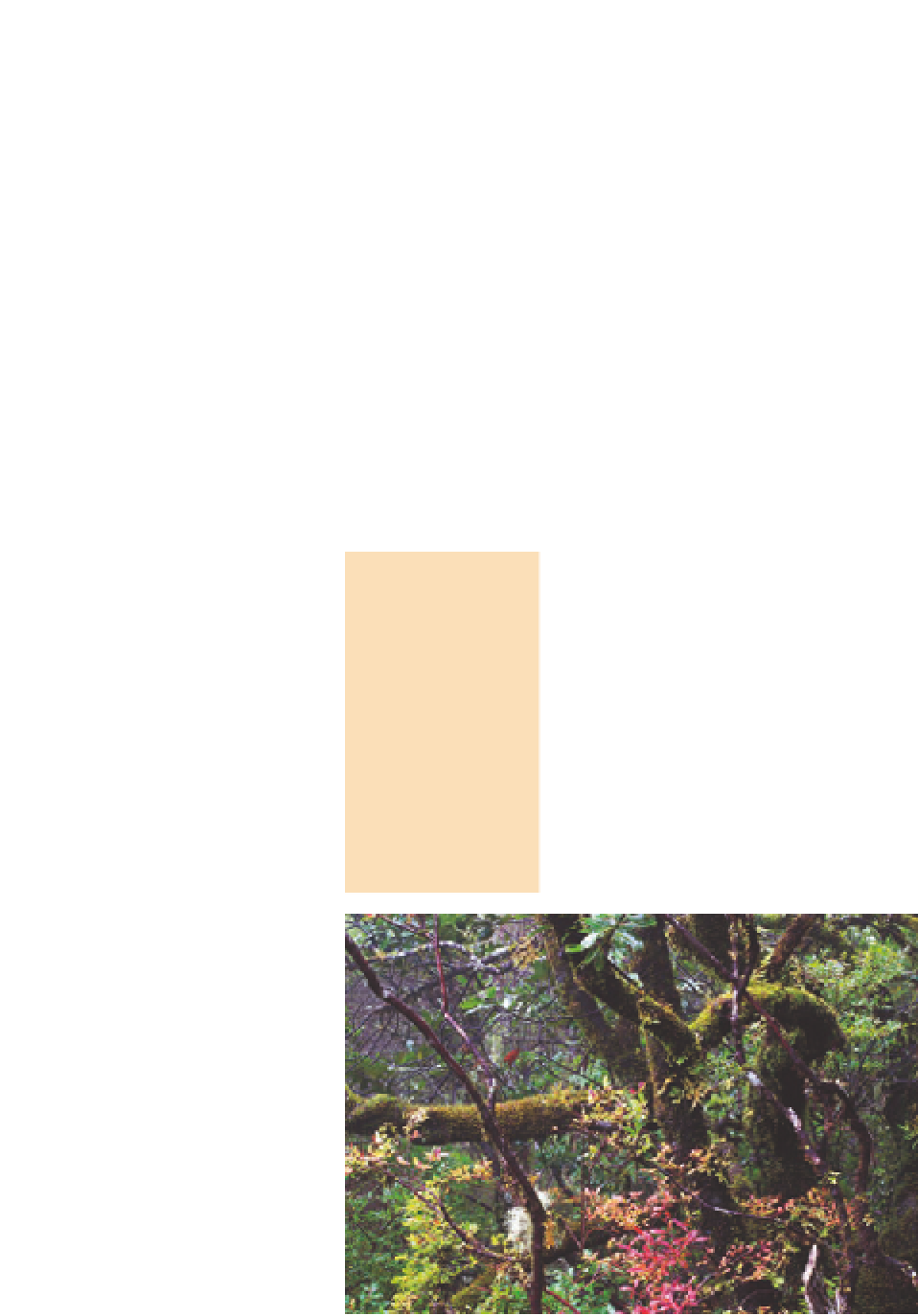Travel Reference
In-Depth Information
*
Ironwood
were shipped to Portugal and
Spain for shipbuilding; the ships
of the Spanish Armada were
largely built from this wood.
)
Madeiran Mahogany
Apollonius barbujana
(in
Portuguese,
barbusano
) is one of
the main constituents of Madeira's
native evergreen forest. Its billow-
ing clouds of fresh lime-green
leaves contrast with the deep
green of previous years' growth.
(
Stink Laurel
Madeira's museums are full
of fine furniture made from
vin-
hático
(Persea indica)
, the
mahogany-like wood that grows
to a great height and girth in the
woods. So valuable and costly
was sugar in the 15th century
that it was shipped to Europe in
chests made of this wood.
The Portuguese took a heavy
toll of the huge and ancient laurel
trees (
Ocotea foetens
, or
til
in
Portuguese) after they arrived on
the island in 1420. Felled trunks
Madeira: World
Heritage Site
The primeval woodland that cloaks much of Madeira's
mountainous interior is the remnant of the scented
laurel forest that covered much of southern Europe
until the last Ice Age (which ended around 10,000
years ago). Only on Madeira, the Canaries, the Azores
and in tropical west Africa was the climate warm
enough for these subtropical trees and shrubs to sur-
vive. Known in Portuguese as
laurisilva
(laurel wood),
they are a precious link with the past. UNESCO desig-
nated a large area of the island's natural forest as a
protected World Heritage Site in December 1999.
Top 10 Wild Plants
to Spot on a Walk
1 Viper's bugloss
2 Saucer plant
(House leek)
3 Navelwort
4 Downy thistle
5 Shrubby sow thistle
6 Ice plant
7 Bilberry
8 Foxglove
9 Dog violet
0 Fleabane
Primeval woodland
For more Madeiran flowers
See p65
23






















































































